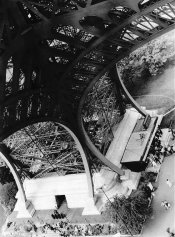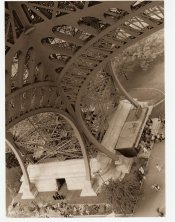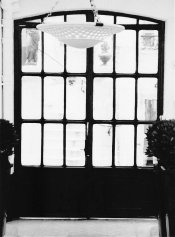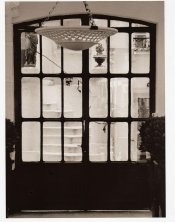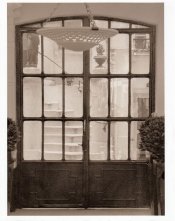Mike Té
Subscriber
So, at first forgot to dilute the A+B mix. After a 4 1/2 mi. exposure, slid the print into the tray turned it, snatched it... too late! A total of 5 seconds in the developer.
Then, appropriately diluted, I kept getting ripples of uneven development for each of 4 successive 11 X 14 prints; garbage all. Worked fine the other day!
Since those were my last 11 X 14 sheets, I went with another negative, first go with lith for this one. Doing OK, but man, is it taking a long time; 40 minutes each! I realize that I'm into the third hour of the A+B mix... the developer's petering out on me. This is the second round of mix and I've been leaning over these trays for 5 hours now with no real keeper yet.
Time for a cold beer. Tomorrow's another day.
Then, appropriately diluted, I kept getting ripples of uneven development for each of 4 successive 11 X 14 prints; garbage all. Worked fine the other day!
Since those were my last 11 X 14 sheets, I went with another negative, first go with lith for this one. Doing OK, but man, is it taking a long time; 40 minutes each! I realize that I'm into the third hour of the A+B mix... the developer's petering out on me. This is the second round of mix and I've been leaning over these trays for 5 hours now with no real keeper yet.
Time for a cold beer. Tomorrow's another day.








 ?
?


